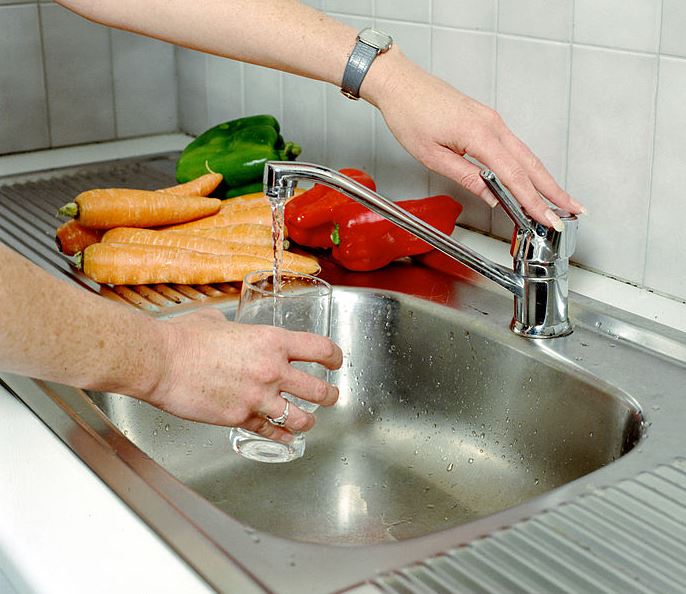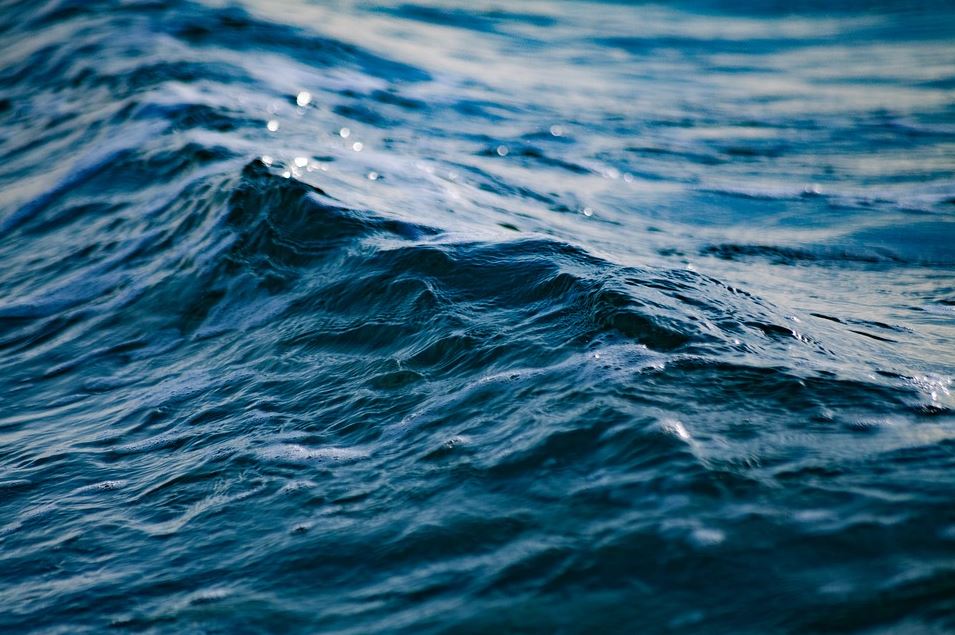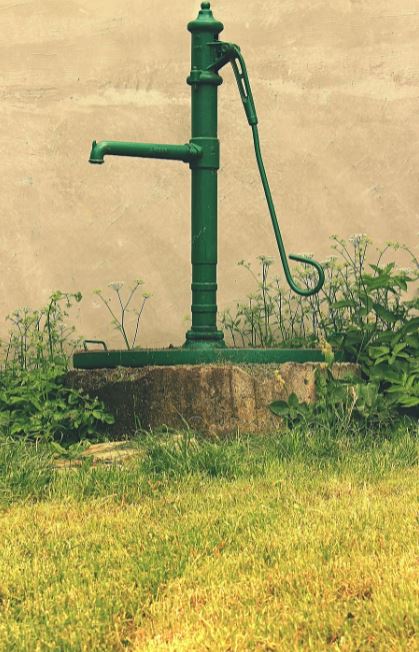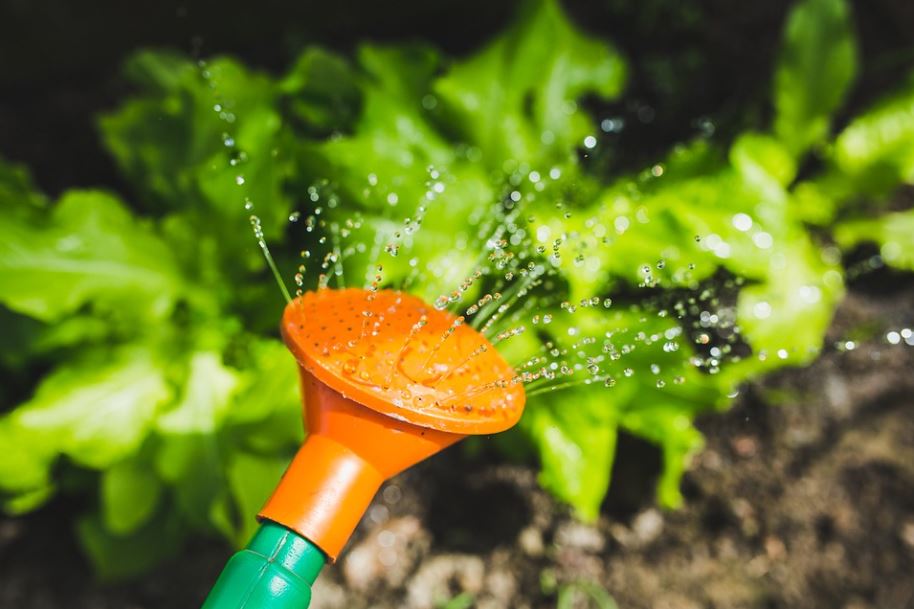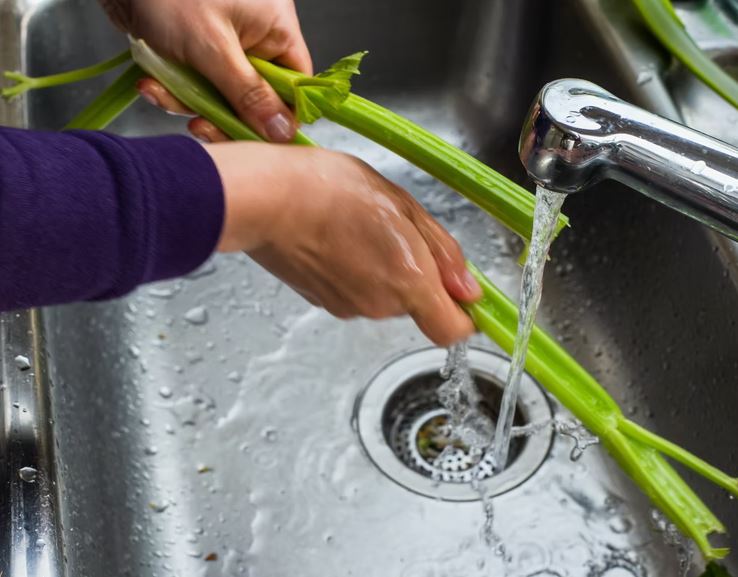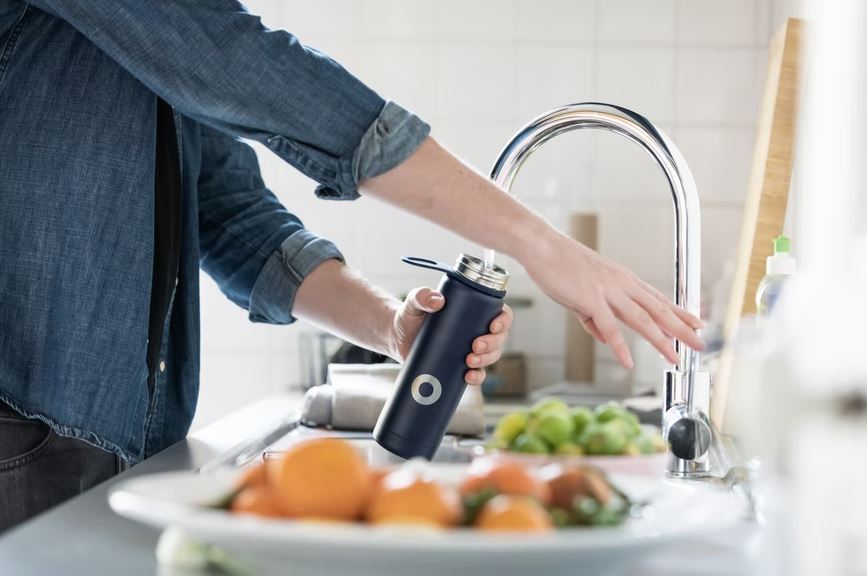Water is a basic resource essential to humans for our everyday lives. We use water at home to clean the house and our bodies, clean the car, wash dishes, do laundry, and more. Of course, it’s also vital for the human body to consume safe and clean water for our health.
If you’re wondering about the types of water found in homes, here are some of them.
Different Types of Water According to Source
The majority of the earth’s surface is covered in water. The water that we have coming from the faucets in our homes is provided by the water company, which in turn obtains the water from different sources. Water sources come in many forms, but here are the three main categories:
1. Saltwater
Saltwater is abundant, as seas and oceans are vast, but it’s not particularly useful for potable water supplies. While desalination plants exist to make saltwater usable, the energy required for the desalination process is costly. It’s not used a lot for supplying water to households, but it’s mostly used as a source of hydroelectric energy.
2. Groundwater
Of all the freshwater resources, groundwater is the most abundant. As water percolates in the ground through layers of soil, rock, and clay, some of it adheres to the topmost layer to provide water for plants. The water is in what’s called the unsaturated zone and reaches the saturated zone through gravity, where all pores are filled with water. The separation between the unsaturated and saturated zone is known as the water table.
Aquifers are areas of permeable bedrock that have many fractures and connected pores. These are recharged through rain or other forms of precipitation from above, percolating through layers of rock and soil. In turn, the groundwater feeds surface water via springs, and surface water can also recharge the groundwater supply.
Groundwater is often accessed through wells, which are drilled down past the water table. A pump is usually placed at the bottom of the well and pumps up water into homes or water treatment plants, where it is dispersed. As the pump works, groundwater from the surrounding area moves towards the well.
Generally, the water pumped from wells is clean as the layers of rock, soil, and clay act as a natural filter. However, contaminants from leaky underground tanks, contaminated soils, and septic systems can pollute a well.
3. Surface water
Surface water is the water that comes from streams and lakes. This water is primarily used for potable water supply, recreation, industry, irrigation, livestock, transportation, and hydroelectric energy. The majority of the public water supply is gathered from surface water.
Watershed organizations are responsible for measuring the streamflow and quality of surface water. Streamflow is monitored to warn of drought or flooding conditions. Water quality is also important as most of the water used in the United States comes from surface water. It’s because it’s the most suitable water to use for households from a biological, chemical, and physical perspective.
Three Grades of Water
Water in households comes in three categories or grades, which are supplied for three different purposes.
1. Utility grade water
Your respective city or locality supplies utility-grade water to your house. It’s the water grade that comes with the least federation checks and is not suitable for drinking. It makes its way to your home through water faucets. It may contain harmful dirt sediments that may not be visible to the naked eye. Water in this category can be used for cleaning the house, washing your car, and watering your plants.
2. Working grade water
Working grade water is certified to be pure to a certain extent, making it safe to drink. However, this water is more suitable for washing dishes, cleaning clothes, or showering. It’s not fully safe for consumption because it passes through your house’s water pipes, which means it passes through bacteria and internal rust that the pipes may accumulate over time.
3. Drinking grade water
Drinking grade water is completely safe for drinking, and it travels through an osmosis purifier to remove harmful toxins and chemicals. It’s also found in bottled water, which is most commonly known as mineral water. Here are the most common types of drinking water:
- Tap water
Tap water is one of the most common drinking water types that comes to mind as it is the water that comes directly from the faucet. It can come from groundwater, like a well or surface water, like a river or stream. You can use it for cooking, as well as for household chores, washing, and gardening. To be able to drink tap water, you may need to filter it first.
- Mineral water
As the name suggests, mineral water is rich in minerals. It comes from underground sources, which is why it naturally contains magnesium and calcium. These essential minerals give the water its characteristic salty taste.
- Springwater
Springwater is the most popular type of drinking water source. Sometimes, rainwater that accumulates underground comes to the surface as a puddle, which is also considered a spring. The natural springs don’t go through a community water system, but they are safe to drink because it comes from underground. It comes with a refreshing taste and is free of most contaminants without undergoing purification.
- Purified water
Purified water is a general term for any water that has been mechanically filtered or processed so it can be clean and purified. It’s a form of tap water that has undergone multiple processes to remove contaminants and impurities. While its source is not the cleanest, the purification methods that make it suitable for drinking separate it from the rest of the pack – giving an end result that is purer than tap or spring water.
- Distilled water
Distilled water is a more common term for demineralized water. This type of water has undergone the distillation process to remove salt and other minerals. The water is boiled to separate the pure H20 from other minerals and contaminants. It’s generally not recommended for drinking, but it’s often used in medical facilities and laboratories because of its purity.
- Filtered water
Filtered water is typically sourced from municipal tap water, which is then run through carbon filters to separate the chlorine and improve the taste of the water.
Soft Water vs. Hard Water
When talking about types of water, you’ve probably heard the terms “hard water” and “soft water,” but you may not know what it is. Though water is usually crystal clear and transparent, it contains minerals and chemicals that are not visible to the naked eye. The concentration of certain minerals present in water is what makes water hard or soft.
Water hardness is determined by the amount of calcium and magnesium it contains. Hard water tends to contain higher levels of these minerals, while soft water tends to have higher concentrations of sodium or salt.

